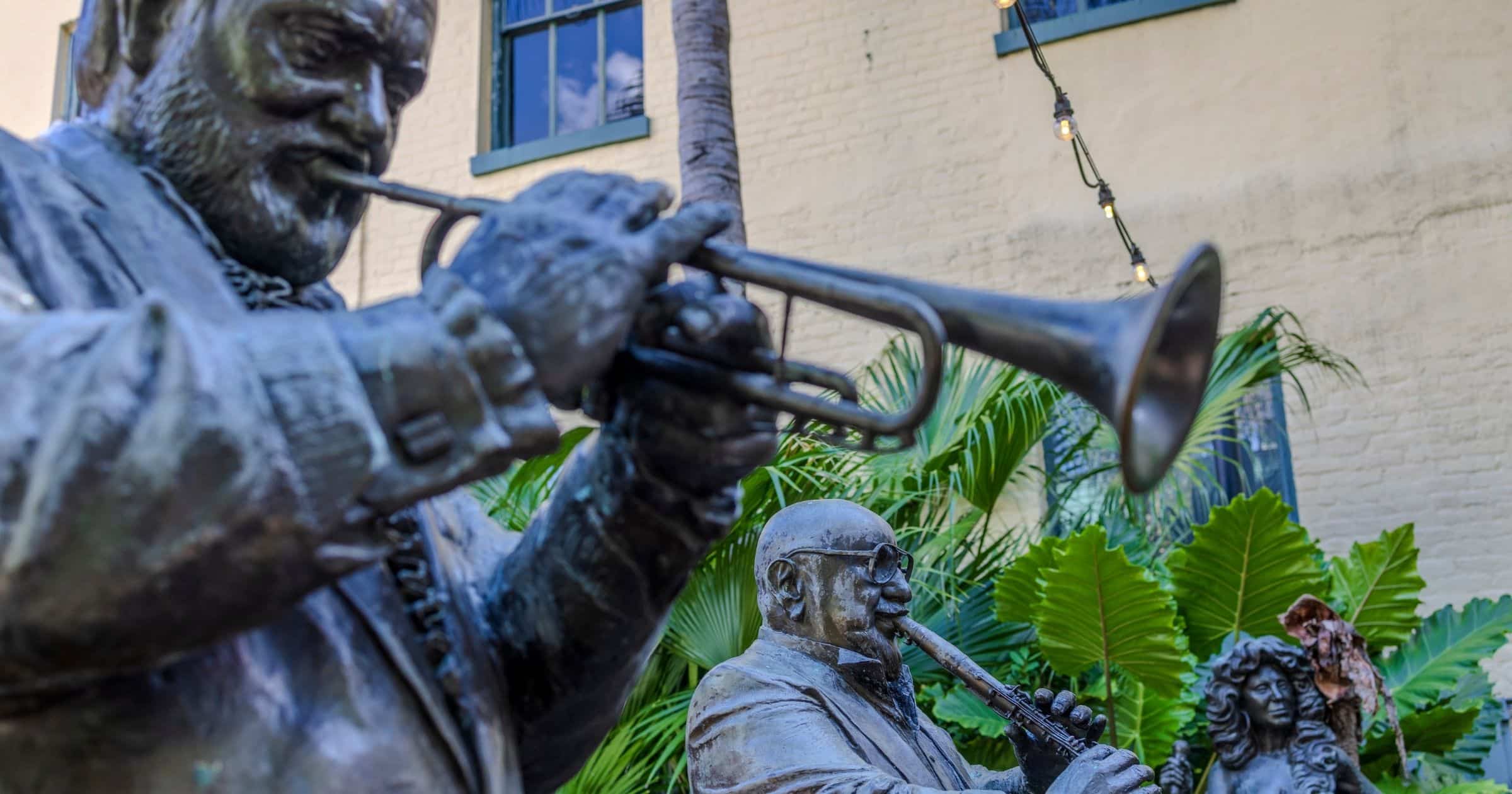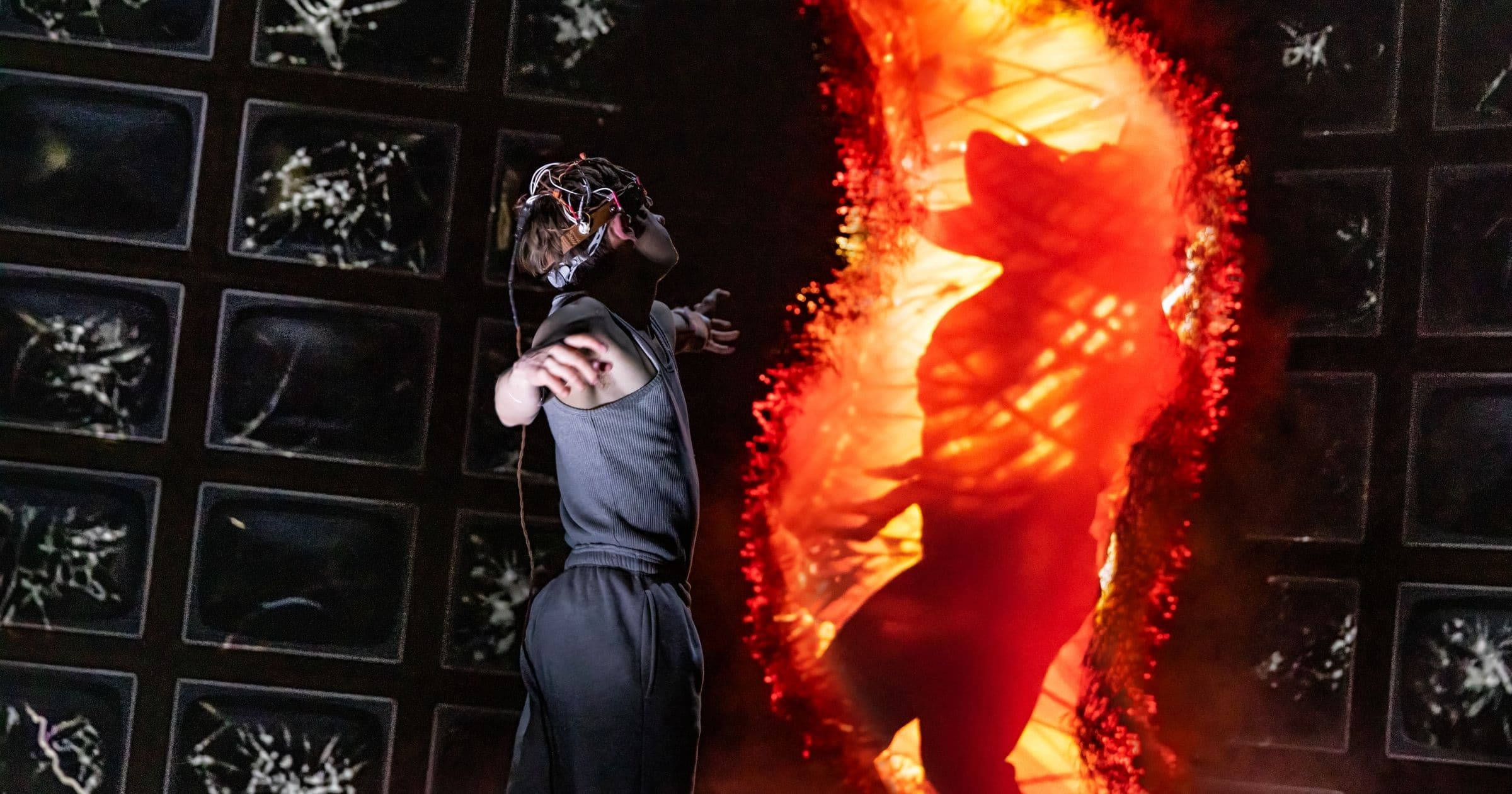Despite passing away nearly two centuries ago, Madame Tussaud remains a household name in 2023, and her legacy lives on through wax exhibitions all around the world.
Since first opening doors over 200 years ago, Madame Tussauds has had millions upon millions of visitors. To this day, people are still just as curious to experience this exhibition that dives into history, culture, art and celebrity. And the locations have all been updated with a modern touch, each offering a city-specific atmosphere that focuses on sets and wax figures suited to the local culture.
But where did this global phenomenon begin and how has it lasted so long? It hasn’t always been easy.
People may not know that Madame Tussaud herself was born Marie Grosholtz in 1761, in Strasbourg, France. She learned the art of wax modeling under family friend and local doctor Philippe Curtius, who used the models largely to illustrate anatomy. At just 16, she created her first figure: the famous author and philosopher, Francois Voltaire.
A few years later, she went to the Royal Court to become art tutor to King Louis XVI’s sister, which lasted until the Revolution in 1789. Imprisoned as an ally of the royalty, Marie was forced to prove her allegiance to the revolutionaries by making death masks of executed nobles. Five years later, the revolution ended and Marie inherited Philippe Curtius’ wax exhibition, soon marrying her husband Francois Tussaud and becoming Madame Tussaud.
At the turn of the century in 1802, Madame Tussaud (along with her young son) took her exhibition to the British Isles and was unable to return home due to the Napoleonic Wars. She never saw her husband again, dedicating her life instead to her incredible wax exhibition, with her other son coming to join the family business in 1822.
In 1835, after decades of touring, they finally established a base for Madame Tussaud in London at The Baker Street Bazaar. Some of the figures made by her still exist, including a self-portrait made in 1842.
Madame Tussaud herself passed away in 1850, and the exhibition later moved to its current site on Marylebone Road, but it has experienced various difficulties in the following 150 years leading up to the present.
In 1925, a fire devastated the attraction, but it was restored three years later, with the addition of a cinema and restaurant. In 1940, Madame Tussauds was struck by a German World War II bomb, destroying 352 head molds.
In 1972, however, the second location opened in Amsterdam, and since then, Madame Tussauds has expanded to more than 20 attractions around the world.
Aside from the fascinating history of Madame Tussaud and her timeless exhibition, each location also captures the story and context of huge moments in history—from the 1950s era WSM Radio Station featuring Patsy Cline at Madame Tussauds Nashville to the newly refreshed Oval Office Experience featuring figures of Joe Biden and Kamala Harris at Madame Tussauds New York.
To learn more about Madame Tussauds and find out why it’s a perfect attraction for your student group, visit madametussauds.com.
Photo Courtesy of Madame Tussauds.




